The testing standards set in safety gloves have indeed evolved to keep pace with the rapidly changing work environments. Gloves after all are designed to protect the hands of workers against various work-related hazards. Based on the findings reported by the National Safety Council, cut-related incidents – including scratches, puncture wounds, deep lacerations and abrasions – estimate 30% of workplace injuries, with about 70% of these accidents involve the hands and fingers.
Therefore the latest testing standards is good news. It now encourages brand manufacturers to fully support the manufacture and maintenance of hand protection products that adhere with workplace safety levels and further establish an enduring culture of safety even in places where accidents are surprisingly high. Countries like Singapore have adopted the established European Union (EN) to implement a number of standards (also used in Europe) to reduce these risks to a minimum. One of them is the EN 388 or popularly known as the European Standard for Protective Gloves, ratified fully by each member country.
Which is why it is important for safety professionals to gain a better understanding of EN 388, how it has changed through the years, and more importantly, its significant impact in the life and safety of every worker. When choosing cut-resistant gloves, here are key points you need to know.
What is the EN 388 standard?
The EN 388 is a European standard used to review and assess the performance of safety gloves against mechanical risks. This is done by reviewing the performance of the fabric or layers of fabric to resist heavy cutting by sharp objects, rubbing, tearing and puncture. It is similar with the ANSI/ISEA 105, the standard used in North America. Under this, every glove product has to undergo rigorous tests and is rated for abrasion, cut, tear and puncture resistance.
What’s changed?
The first cut test standard was created in 2003, known as EN 388:2003. The old version covers the test requirements to protect users against mechanical risks. Which means that it applies to all types of safety gloves to deal with the physical and mechanical aggressions that are caused by blade cuts, puncture, tearing and abrasion.
The 2003 standards cover the following
• Abrasion
• Cut (or the Coup Test)
• Tear
• Puncture
On 4 November 2016, the standard was updated and is now implemented as the EN 388:2016, which still covers the same test requirements to protect against mechanical risks. The new standard covers
• Abrasion
• Cut or the Coup Test
• Tear
• Puncture
• Straight Blade or Cut (TDM-100 Test)
• Impact
Now, take a look at how the markings have changed between 2003 and 2016:
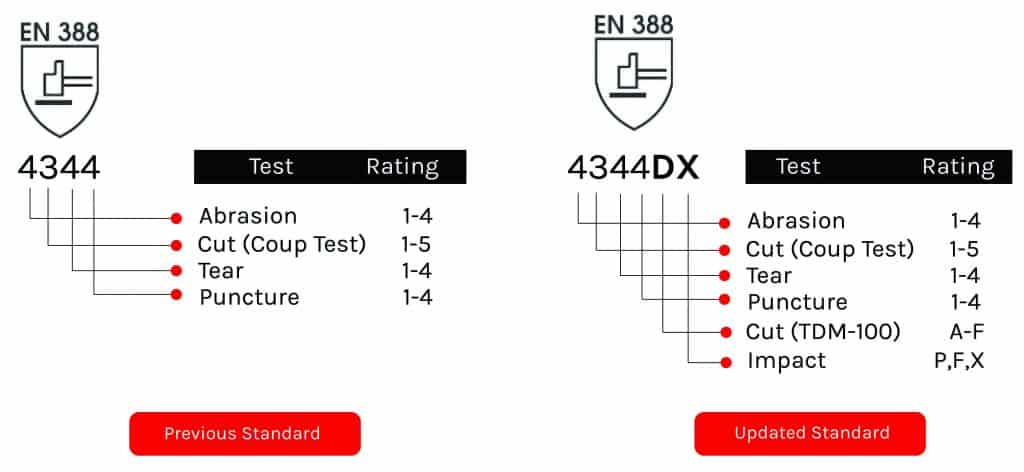
The EN 388:2016 formally includes the Cut TDM-100 Test, or the ISO 13997. This test makes use of the TDM machine with sliding blade and weights.
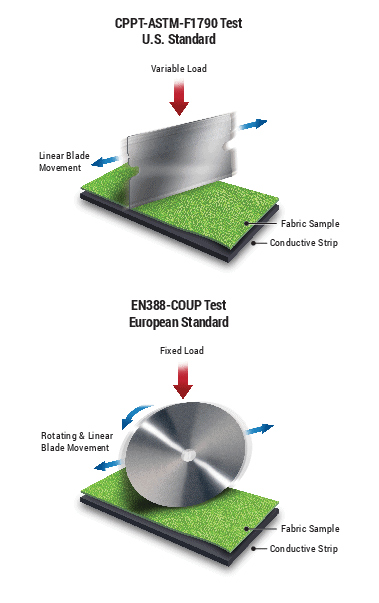
Image credit: HexArmor
The inclusion of impact protection test is one of the main features of the new standard. All safety gloves undergo testing to assess its capabilities against impact. Gloves that do not offer this protection will not undergo this type of testing.
The impact protection test uses the following ratings: Passed (P); Failed (F); and Not Tested (X). See figure below.
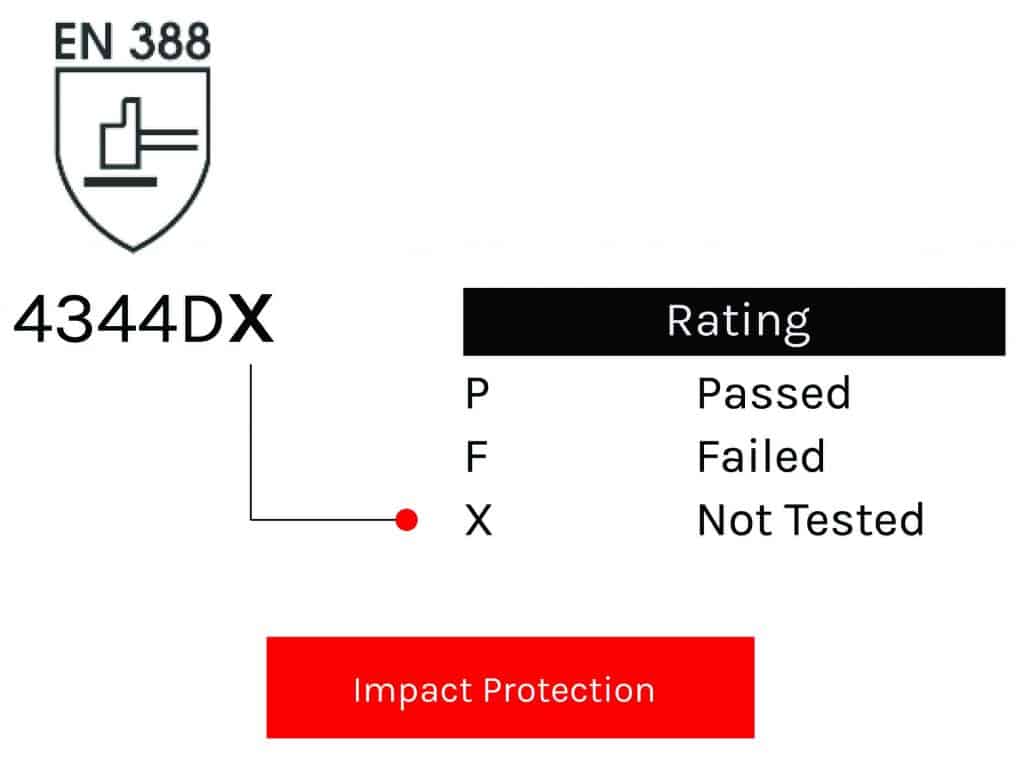
From Newton to Gram scoring
The new EN 388 2016 standard is now aligned with its US counterpart – the ANSI/ISEA 105 standard for cut resistance when converting Newtons to Grams. See table.
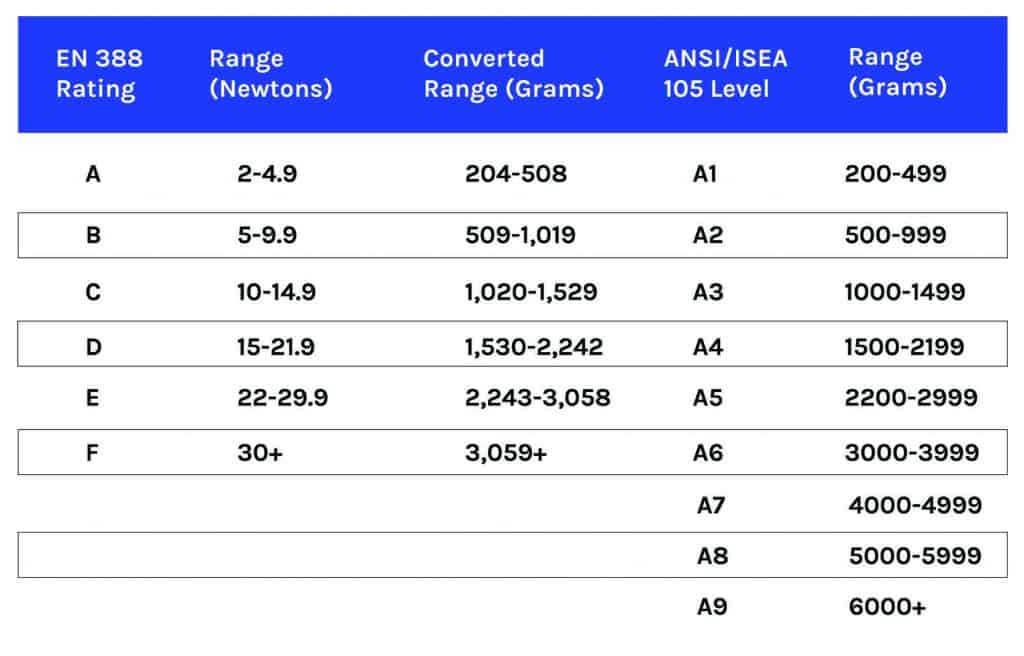
Why is it critical?
There are still many gloves that are still labelled EN 388:2003. Managers should remember that these are still good to use.
However, those labelled according to EN 388:2016 standard offers a much more improved protection that could mean increased safety and comfort than its predecessor. Safety professionals should never take this for granted. Generally, if the glove product is considered to adhere to the requirements of the EN 388 2016 standards, then it can be exported commercially and used extensively in various industries where heavy cuts accounts are most likely to occur. Businesses will benefit from this as it not only does safeguard one of the body’s critical organs but more importantly, drive operational efficiency and performance. It is important to note that the performance of safety gloves never actually changed. It is the way the testing of their performance that does change!
Are you looking for cut-resistant gloves that adhere to the right industry standards? We can help. Talk to our safety executive today for a free, no-obligation consultation.
Singapore
Tel: +65 67489773
E-mail: sales@macrovista.com
Philippines
Tel: +632 633 9578
Email: sales@macrovista.com

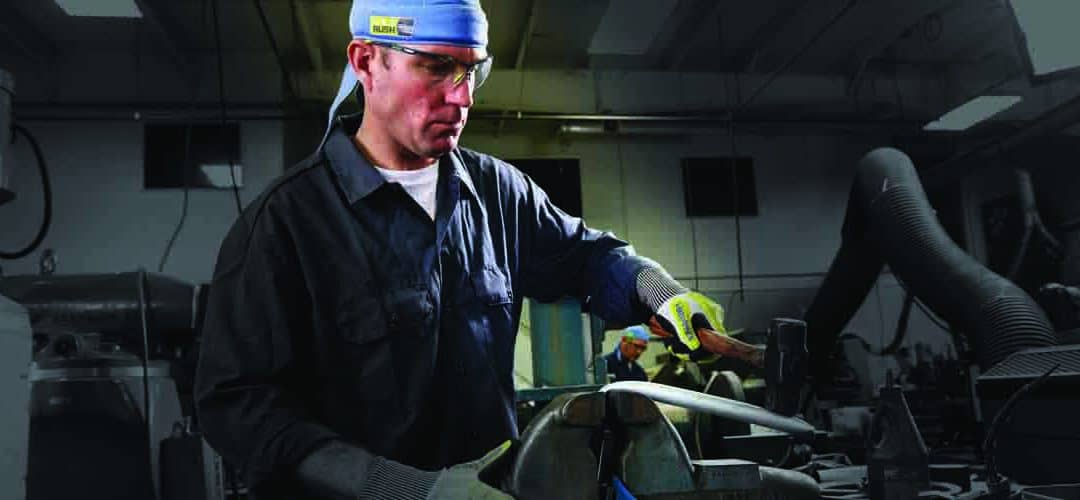
Recent Comments